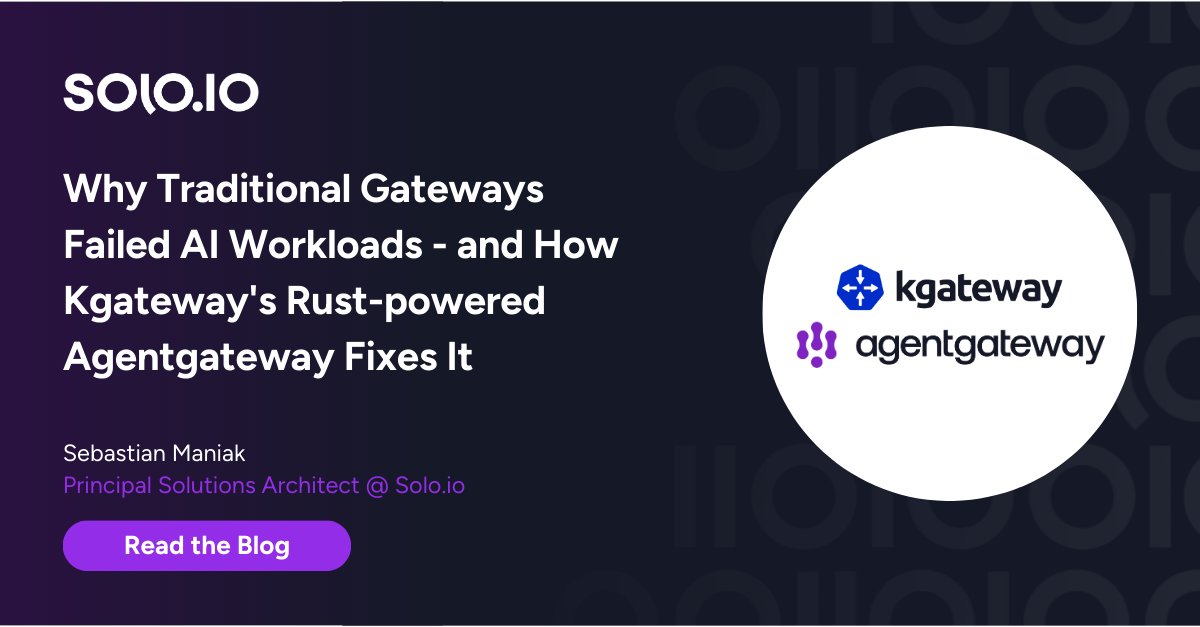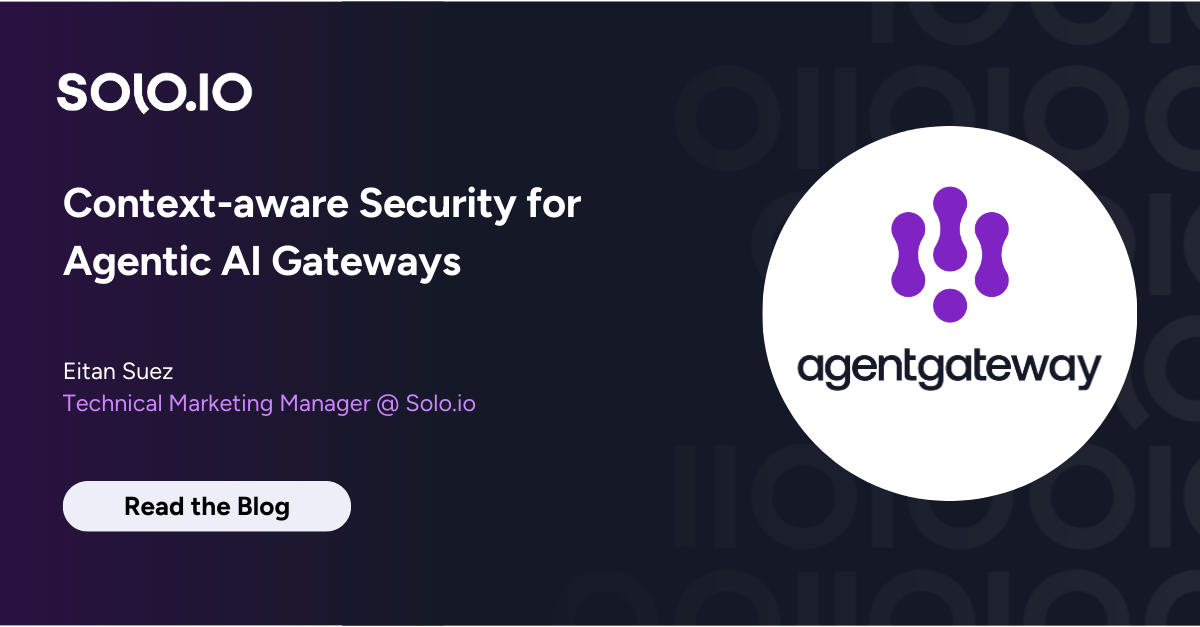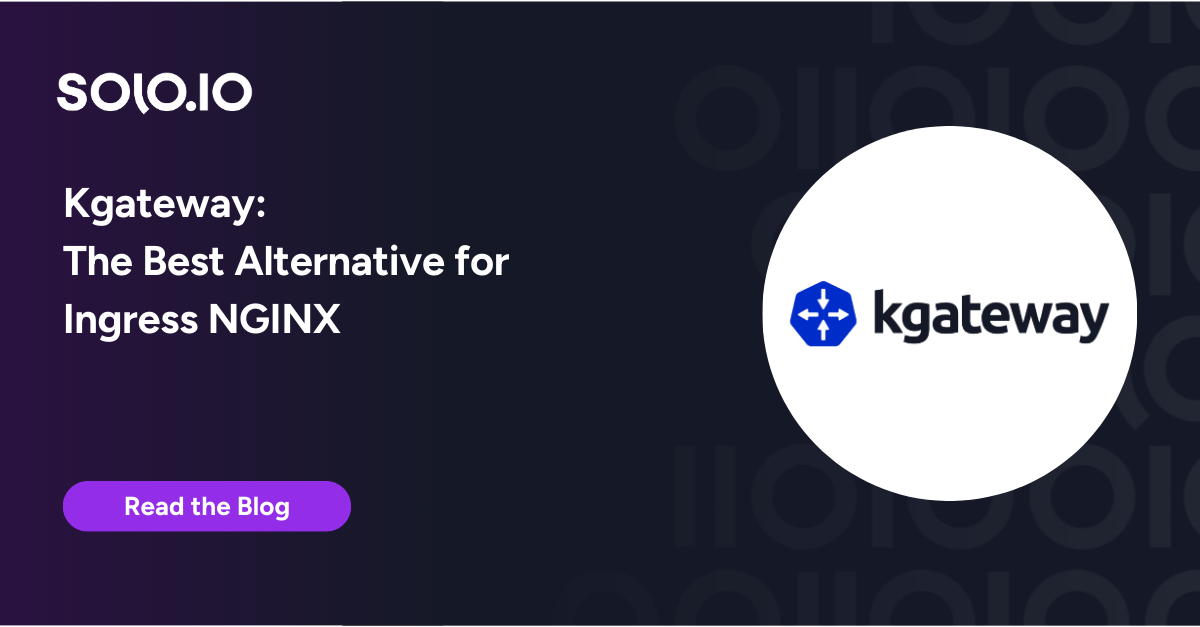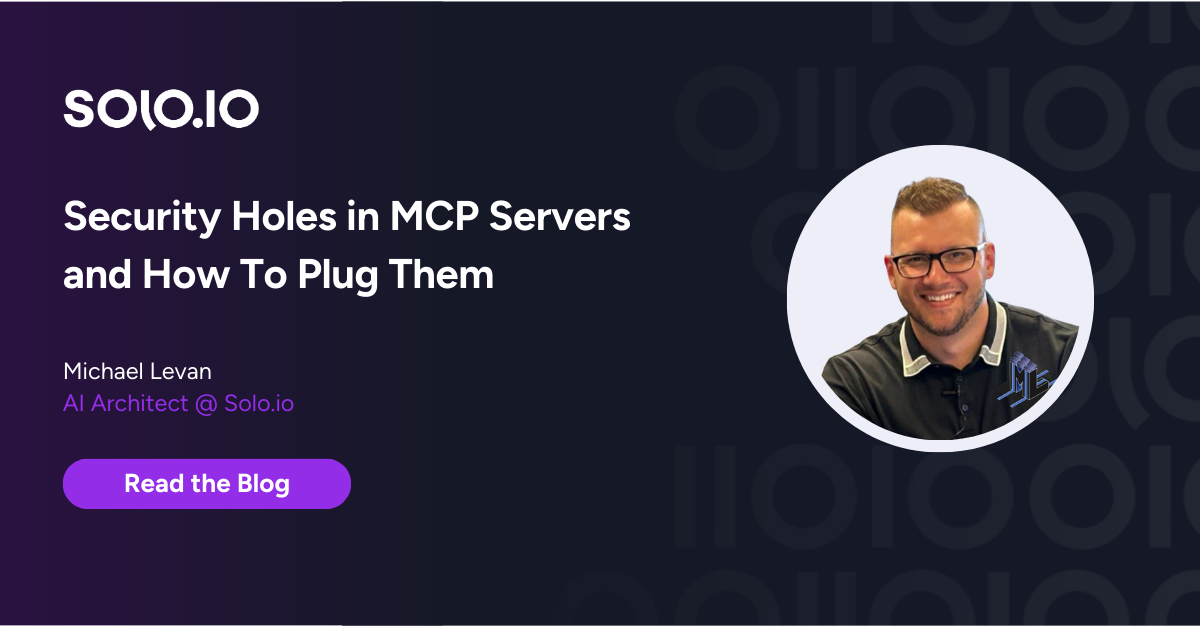
In this post, we’ll take you through Open Policy Agent (OPA), the reasons why it is widely used, different architectures to enable global and local policies, and a workshop where you can try it out and practice.
OPA is an open source, general purpose policy enforcement tool. It’s a small component and is used for PEP (Policy Enforcement Point) and PDP (Policy Decision Point). In a nutshell, it is the place in your system where you can find the answer to “Can I do x action?”

Where OPA came from
The concepts of PEP, PDP, and some others like PAP (Policy Administration Point) and PIP (Policy Information Point) came widely used through XACML (eXtensible Access Control Markup Language), which offered ABAC (attribute-based access control). Years ago it was considered a standard.
However, with Cloud Native, XACML has become less used, and an alternative has arisen: Open Policy Agent, which simplifies the schema. However, keep in mind that the concepts of PEP, PDP, etc. remain with OPA.
Its simplistic architecture looks like this:

Strengths of OPA
After listening to the community and how OPA is used, I would highlight two major strengths:
1. ABAC flexibility compared to RBAC
Does this mean that OPA performs RBAC (role-based access control)? Yes. But don’t stop there! When it comes to authorization, you would typically think of RBAC as an appropriate solution. Generally when you think of a User, you link it to a role…User Admin, User Developer, User Employee. And with RBAC, you can also define hierarchies, for example: Developer belongs to an Employee. This is known as Groups and Roles.
However, Role is just one of the possible attributes. Forget about the couple User-Role. You live in a world of objects and attributes. Therefore, your policies should follow that. This is where ABAC (attribute-based access control) comes in. The intention of ABAC is to offer additional flexibility through access control based on any attribute.
To give an example:
A CI/CD pipeline in GitHub creates an environment to run tests. A policy is needed to allow/disallow the capability of creating the environment, due to quota or any other reason.
Assigning a Role to that pipeline does not make much sense. Which Role does a pipeline have? However, the pipeline itself has attributes:
- Time. You can create a policy which allows the pipeline to run only at a certain period of time.
- Name. You can allow/disallow actions based on the Pipeline name.
- Repository. Allow/disallow the action for pipelines triggered in a specific repository or branch.
As you can see, RBAC can limit you in this case, while ABAC gives you full flexibility.
2. Separation of responsibilities
At the beginning of this post, you read that OPA is used for PEP and PDP. Besides that, you need a place where you can administer your policies in a strict way (Rego rules in OPA). This is the PAP component. Then to bridge the worlds of Policy Operations and Policy Development, you need PIP. This separation allows you to have global architectures where there will be global policies (across regions) and local policies (application scoped).
Global Policies
Here’s an example of a global policies architecture using S3 buckets to store the policies and a Policy Admin Tool to administer those policies:

As you can see, the decision of how to create and store the policies are left out for another team to develop and maintain, allowing different designs and development lifecycles.
OPA acts as an agent, leveraging pulling mechanisms. Recurrently, the OPA servers pull the policies from the storages. And an S3 bucket can be easily replicated across regions, making it easy to maintain the policies globally.
Local Policies
Local policies are scoped to the application. This covers the level of authorization that only the application developers know.
Traditionally, developers are in charge of defining these policies. The information is taken from the application itself, making the policy enforcement “local”.
The architecture would look like this:

As you can see, separation allows you to define the other part of the decision flow as you want, fitting better to any architecture in a Cloud Native world.
Try OPA in this hands-on tutorial
Now that you have the context, let’s get this working. In this step-by-step tutorial, you will deploy Gloo Edge and all the components necessary to perform Authorization (AuthZ) with OPA in one of the shapes presented before.
The scenario is that you offer a service which is behind Gloo Edge. This is integrated with OPA for enterprise policy decisions.
In the tutorial, you will apply global and local policies.
- Global policy: The requests need to contain a header called token. This would be a policy that all services in the system should follow.
- Local Policy: OPA will call the upstream service to bring data about the quota of the tenants (given in a header) and the limit. The policy will ensure that the current usage of the tenants is not higher that he limit.
In a real scenario, the tenant usage should vary. But in this tutorial it is static and hardcoded:
- Tenant Antonio has used 2 units
- Tenant Pedro has used 3 units
- Quota limit is 3 units
Therefore, Antonio is able to access the resources since his 2 units did not reach the limit of 3 units.
On the contrary, Pedro has reached the limit so that the request will return 403 Forbidden
Your architecture will look like this:

A: Asynchronously, OPA is configured to pull Policies and Data from the S3 bucket
1: Gloo Edge extAuth filter is configured to connect to OPA
2: OPA is configured to pull Data from the upstream service
Tutorial prerequisites
- An installation of Gloo Edge Enterprise Edition
- Glooctl
- Helm
- mc (minio client)
- Opa (opa client)
First, let’s make sure the Gloo is working smoothly:
Make sure that there are not VirtualServices:
This shouldn’t show any result.
Apply the upstream service. In this case it will be static web server exposing two endpoints: /endpoint and /quota
Note: Sometimes, the Copy button does not work properly. In that case, select the text, copy and paste the code in your terminal.
Install minio which offers S3 storage:
Create an OPA bundle.
Remotely, OPA can expect bundles of Policies and Data. In this example you only use policies.
A bundle is a compress file with an specific structure:
As you saw in at the beginning of the post, this is considered PAP. Its implementation is left for the reader to develop. In this tutorial, you will do it manually. The structure of the bundle is very specific for OPA to understand:
Push the bundle to the Minio (S3) bucket. Make sure you kill the port-forward process after it finishes:
You can now see the bundle through the browser. Use port-forward:
And then in your browser, access the web UI: http://localhost:9000/minio/opa-policies/
You will be prompted to enter credentials. You can find these values in the helm command you used to install minio:
You should see something like this:

Install OPA. In this example, you will install it as standalone. However, it can be installed as sidecar. The reason for using the sidecar model is to reduce the latency to the minimum. The containers will belong to the same pod and there will be dependency in between. If OPA is not ready, the ExtAuth server will not work either.
Note: The model you choose (sidecar/standalone) impacts directly the whole solution. Please, make sure you analyze which option fits better your requirements.
Apply the AuthConfig which will be used later by the VirtualService.
Note: Notice that OPA is defined as a Passthrough, one of the Authorization models that Gloo Edge offers.
Create virtualService and static upstream:
Test it out!
After all the installations, let’s test and see the results.
Open a port-forward to the proxy:
And let’s do the positive test: Tenant Antonio did not reach the limit and the request contains a token header:
You should retrieve:
Positive test are always easy. Now, the negative tests; when a request does not meet the policy.
Let’s test the Global Policy: token header must exist:
And you should retrieve:
This is due to not satisfying global policy.
Now, the local policy. With the positive test, you proved that Antonio did not reach the limit. Now, let’s see Pedro.
And you should retrieve:
This proves that Pedro has reached the limit and the request was rejected by the ExtAuth filter (through OPA and the local policy).
Final thoughts on OPA
As you could see, OPA is extremely flexible and a good component to add to your stack when you need to apply ABAC policies. The architectures are not fixed and they can be adjusted to most of the scenarios.
Keep an eye out for more posts on this topic. And, in another workshop, I will show you how to apply this concepts to a Service Mesh like Istio.


























%20a%20Bad%20Idea.png)











%20For%20More%20Dependable%20Humans.png)











